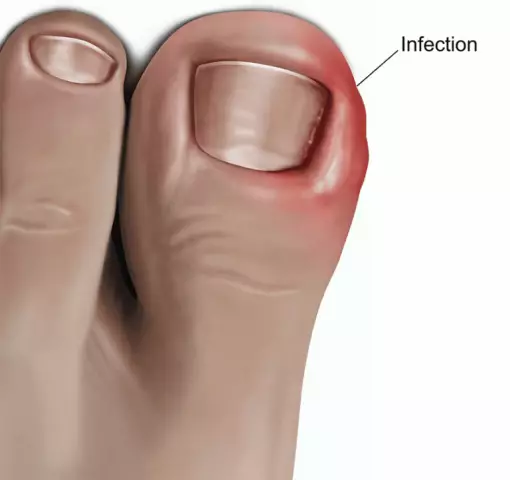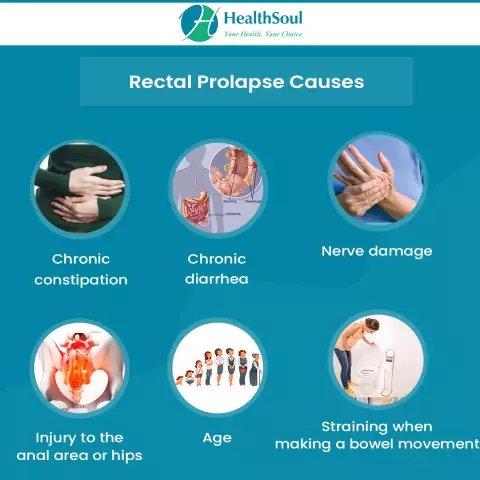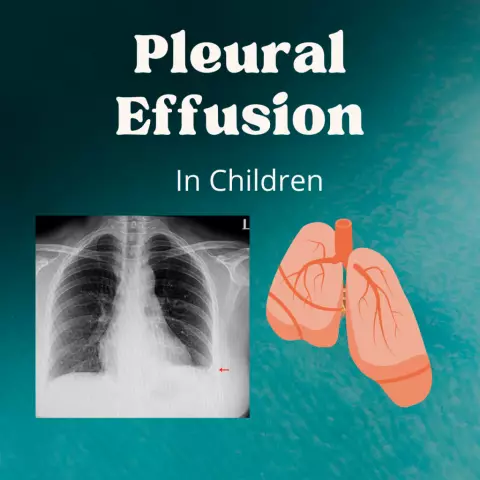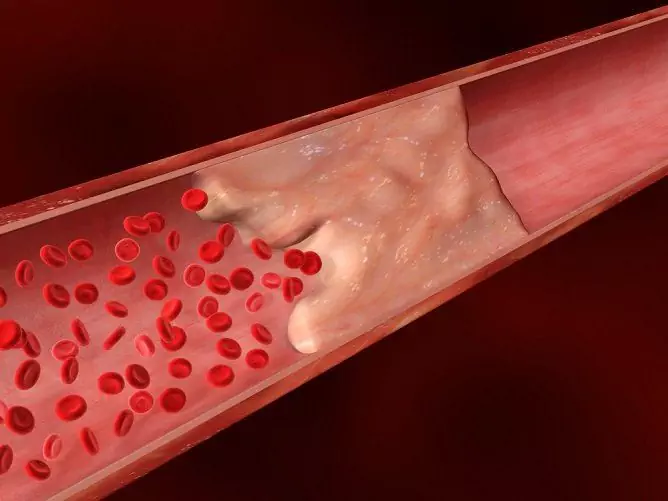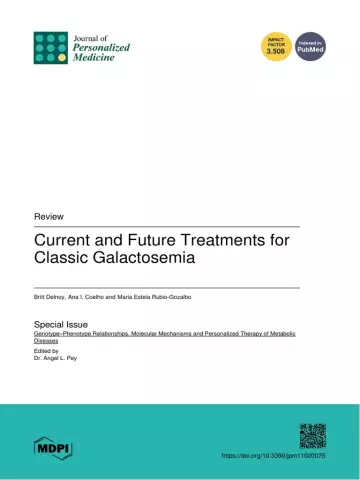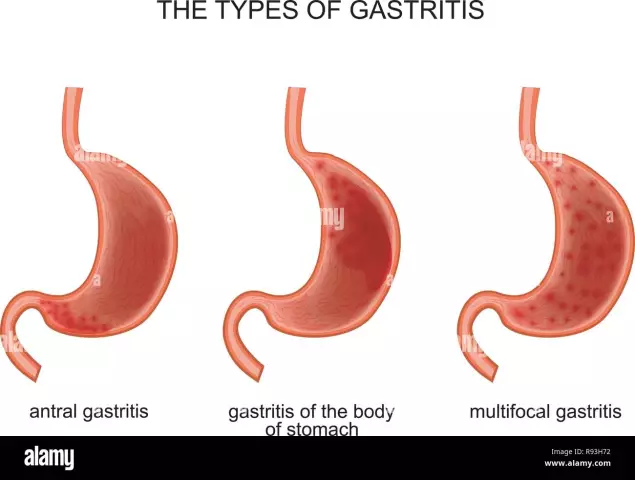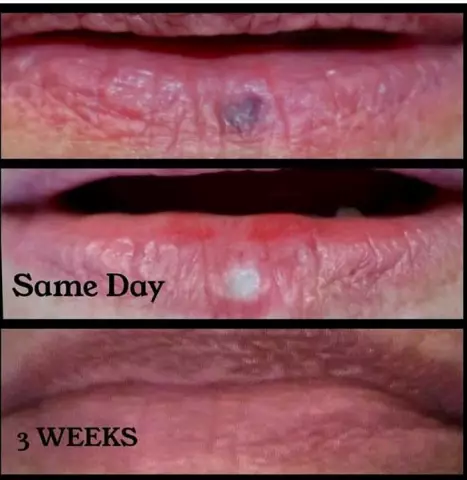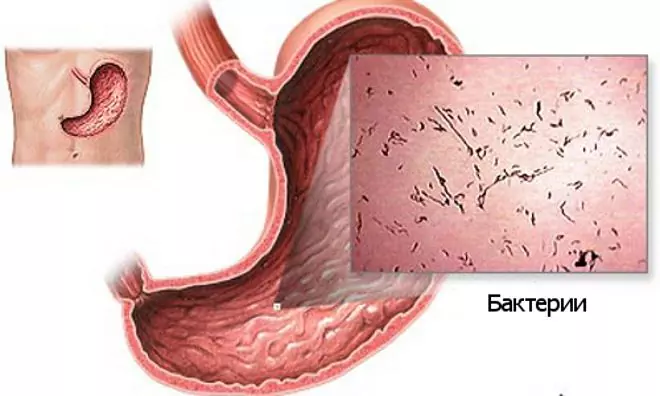Diseases
Last modified: 2025-11-02 20:11
Congenital heart disease is an anatomical defect of the heart, its vessels, or valves, which occurs even in utero. Treatment: minimally invasive procedures with catheterization, surgery, transplantation, drug therapy
Last modified: 2025-11-02 20:11
Vulvitis is a disease in which the inflammatory process spreads to the external genital organs of a woman. Diet is recommended for patients of all ages
Last modified: 2025-11-02 20:11
Ingrown toenail - a disease characterized by ingrowth into the lateral edge of the nail fold of the nail plate
Last modified: 2025-11-02 20:11
Congenital hypothyroidism is a group of diseases of various etiologies, manifested by congenital insufficiency of the production of thyroid hormones by the thyroid gland. The disease occurs with a frequency of 1 case per 5000 newborns, in boys - 2.5-3 times less often than in girls
Last modified: 2025-11-02 20:11
Dropsy of the brain - an accumulation of cerebrospinal fluid in the ventricles and subarachnoid space, which can cause neurological deficits
Last modified: 2025-11-02 20:11
Dislocations are a mutual displacement of the articular ends of the bones articulating with each other. For first aid, it is necessary to fix the limb in the position that it took after the injury
Last modified: 2025-11-02 20:11
Discharge from the nipples is a disease in which fluid of different consistency and color is released from the breast
Last modified: 2025-11-02 20:11
Vulvovaginitis is a polyetiological inflammatory process in the mucous membranes of the lower genital tract in women (vulva and vagina)
Last modified: 2025-11-02 20:11
Vulvodynia is a discomfort in the vulva area that persists for a long time and is associated with an allergic reaction, an infectious process (herpetic, fungal) or any other disease
Last modified: 2025-11-02 20:11
Rectal prolapse is a disease characterized by its location, partially or completely, outside the anus
Last modified: 2025-11-02 20:11
Effusion or exudate is a pathological condition characterized by the release and accumulation of biological fluid in one of the body cavities
Last modified: 2025-11-02 20:11
Yellow fever is an acute hemorrhagic (accompanied by hemorrhage) disease with a viral etiology. Specific drugs for treatment have not been developed, therefore only symptomatic therapy of the disease is possible
Last modified: 2025-11-02 20:11
Gallstone disease is a pathological condition of the biliary tract with the formation of sand and stones in them - at the onset of the disease, before their complete obstruction - at the final stage. Treatment depends on the stage of the disease
Last modified: 2025-11-02 20:11
Jaundice in newborns is a neonatal syndrome in which the skin, sclera, and mucous membranes of the newborn turn yellow
Last modified: 2025-11-02 20:11
Iron deficiency anemia in children is a clinical and laboratory syndrome that develops as a result of insufficient iron content in the child's body and manifests itself in a violation of the formation of hemoglobin and hypoxic disorders
Last modified: 2025-11-02 20:11
Fatty hepatosis is a pathological process in which fat accumulates in the liver tissue. It proceeds without pronounced symptoms. Diet plays an important role in its treatment
Last modified: 2025-11-02 20:11
Gastric bleeding is a pathological condition in which there is a violation of the integrity of the vessels of the stomach wall and the outflow of blood into the lumen of the organ
Last modified: 2025-11-02 20:11
Fat embolism develops in case of fractures, operations on bones, severe injuries accompanied by tissue ruptures, and burns
Last modified: 2025-11-02 20:11
Gas gangrene is an infectious disease that manifests itself after damage and trauma to tissues. The disease is deadly. This is due to the defeat of the vital systems of the body
Last modified: 2025-11-02 20:11
Galactosemia is a hereditary genetic disease characterized by metabolic disorders, as a result of which an abnormal process of metabolism of galactose carbohydrates occurs
Last modified: 2025-11-02 20:11
Hallucinosis (hallucinatory syndrome) is a mental disorder manifested by an abundant influx of hallucinations (imaginary perception of various phenomena that do not exist in reality) without any disorder of consciousness. For the first time the term "hallucinosis" was used in 1900 by the German neuropsychiatrist K. Wernicke when describing a condition arising in alcoholics, accompanied by multiple auditory hallucinations against the background of absolutely intact c
Last modified: 2025-11-02 20:11
Halitosis is a disease in which an unpleasant odor is emitted from the mouth. Can be real and imaginary
Last modified: 2025-11-02 20:11
Hamartoma is a benign volumetric neoplasm, consisting, as a rule, of the same cells as the organ in which it is localized, but having a different structure and a lower level of differentiation
Last modified: 2025-11-02 20:11
Fournier's gangrene (subfascial phlegmon of the genital organs, gangrenous erysipelas, Fournier's disease, Fournier's syndrome, necrotizing fasciitis) is an acute necrosis of the tissues of the external genital organs caused by the spread of anaerobic infection from the pararectal region or urinary tract. In men, the penis and scrotum are retracted into the pathological process, in women - the labia minora, clitoris, perineum, pubis and thighs
Last modified: 2025-11-02 20:11
Gardnerellosis is a fairly common infectious disease. Treatment of gardnerellosis in women - complex, in men - local, as a rule, without the use of antibiotic therapy
Last modified: 2025-11-02 20:11
Lung hamartoma (chondroadenoma, lipochondroadenoma, hamartochondroma) is a benign lung tumor of dysembryonic origin, formed by the tissue of the distal bronchi, pulmonary parenchyma and some other structures
Last modified: 2025-11-02 20:11
The name of the disease comes from two words - "ganglion" (nerve node) and "nerve". In ganglioneuritis, the inflammatory process affects the nerve node and adjacent nerve fibers
Last modified: 2025-11-02 20:11
Sinusitis in children is a serious disease that requires active treatment due to the proximity of the location of the brain structures. Its symptoms are a runny nose and headache
Last modified: 2025-11-02 20:11
Gastritis is an inflammation of the lining of the stomach. The basis for the treatment of gastritis is a course of antibiotic therapy and a preparation containing bismuth salts. Treatment of gastritis is ineffective without diet
Last modified: 2025-11-02 20:11
Gastritis with high acidity - inflammation of the gastric mucosa, in which the concentration of hydrochloric acid in the gastric juice increases
Last modified: 2025-11-02 20:11
Gastroschisis is an international term denoting a congenital malformation with prolapse of intestinal loops (less often of other organs) from the abdominal cavity through a through defect of the anterior abdominal wall, located, as a rule, to the right of a normally formed umbilical cord, at the border of the umbilical cord and abdominal skin. Average sizes - from 1.5 to 4 cm.Localization of the defect on the left is found in isolated cases
Last modified: 2025-11-02 20:11
Gastroduodenitis is an inflammation of the mucous membrane of the stomach and duodenum and is a polyetiologic disease. Treatment of chronic gastroduodenitis should be comprehensive
Last modified: 2025-11-02 20:11
Hemangioma is a benign vascular tumor. The need to remove a hemangioma is beyond doubt when it is located near vital organs, posing a threat to them, in other cases it is not considered mandatory
Last modified: 2025-11-02 20:11
Gastroenteritis is an inflammation of the lining of the stomach and small intestine. In most cases, it is caused by rotavirus infection. There is no effective etiotropic treatment for gastroenteritis
Last modified: 2025-11-02 20:11
Gastritis with low acidity is one of the clinical forms of chronic gastritis, characterized by a decrease in the production of hydrochloric acid in the stomach
Last modified: 2025-11-02 20:11
Gastritis in children is a common pathology, the signs of which are severity and dull pain in the epigastrium, nausea, heartburn, sour belching
Last modified: 2025-11-02 20:11
Gastroenteritis in children is a widespread disease that is infectious in most cases. If left untreated, it leads to rapid dehydration
Last modified: 2025-11-02 20:11
Gastroenterocolitis - inflammation of the mucous membranes of the stomach and intestines, especially dangerous for young children
Last modified: 2025-11-02 20:11
Hemarthrosis refers to specific manifestations of hemophilia and is observed in various areas of the human body. In the absence of timely treatment, hemarthrosis of the knee joint significantly reduces the quality of life
Last modified: 2025-11-02 20:11
Gastroesophageal reflux disease (GERD) is a chronic recurrent disease of the esophagus caused by the discharge of aggressive gastric or gastrointestinal contents into the esophageal lumen and characterized by esophageal and extraesophageal symptoms



